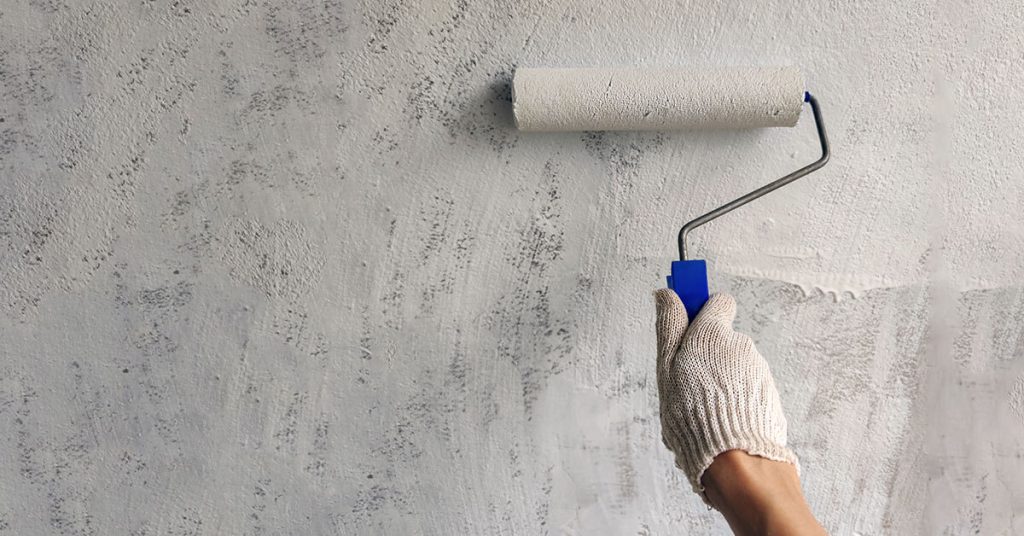Secrets to Getting the Most Out of Sand Leveling Per Block
Sand leveling per block is an essential process in construction and landscaping and it involves spreading sand uniformly over a surface to create a level base. This process is critical in achieving a stable foundation for building structures, laying pavers and creating a smooth and level surface for landscaping projects. To get the most out of sand leveling per block, there are a few secrets that you should know. In this article, we will discuss some of the key strategies to ensure successful sand leveling per block.
Prepare the area
Before you begin the sand leveling process, it is crucial to prepare the area thoroughly. This includes removing any debris, rocks or plants that may be in the way. You should also ensure that the area is completely level by filling in any low spots with soil or gravel.
Choose the right type of sand
Not all sand is created equal. When it comes to sand leveling per block, you need to choose a sand type that is compatible with your project. For instance, if you are laying pavers or building a structure, you should use coarse sand that has a larger particle size. On the other hand, if you are working on a landscaping project, you should use finer sand that will provide a smoother finish.
Use the correct amount of sand
To achieve a level surface, it is important to use the correct amount of sand. Using too much sand will result in an uneven surface, while using too little will result in low spots. A good rule of thumb is to use approximately 1 inch of sand for every 4 square feet of surface area.
Use a level
To ensure that your surface is completely level, you should use a level. This will help you identify any high or low spots and make adjustments accordingly. You can use a long straight board or a laser level to achieve this.
Compact the sand
Once you have spread the sand evenly over the surface, you should compact it using a compactor or a hand tamper. This will help to ensure that the sand is evenly distributed and will create a stable base for your project.
Moisture is Key
Watering the sand before compaction is important in order to help with gia cat san lap sand’s bonding. However, it is essential not to add too much water as it can cause the sand to wash away or result in an uneven surface.
Regular Maintenance
Sand leveling per block is not a one-time process. Regular maintenance is required to keep the surface level and stable over time. This includes removing debris and redistributing sand as needed. Regular maintenance can also help to prevent erosion and other damage to the surface.


